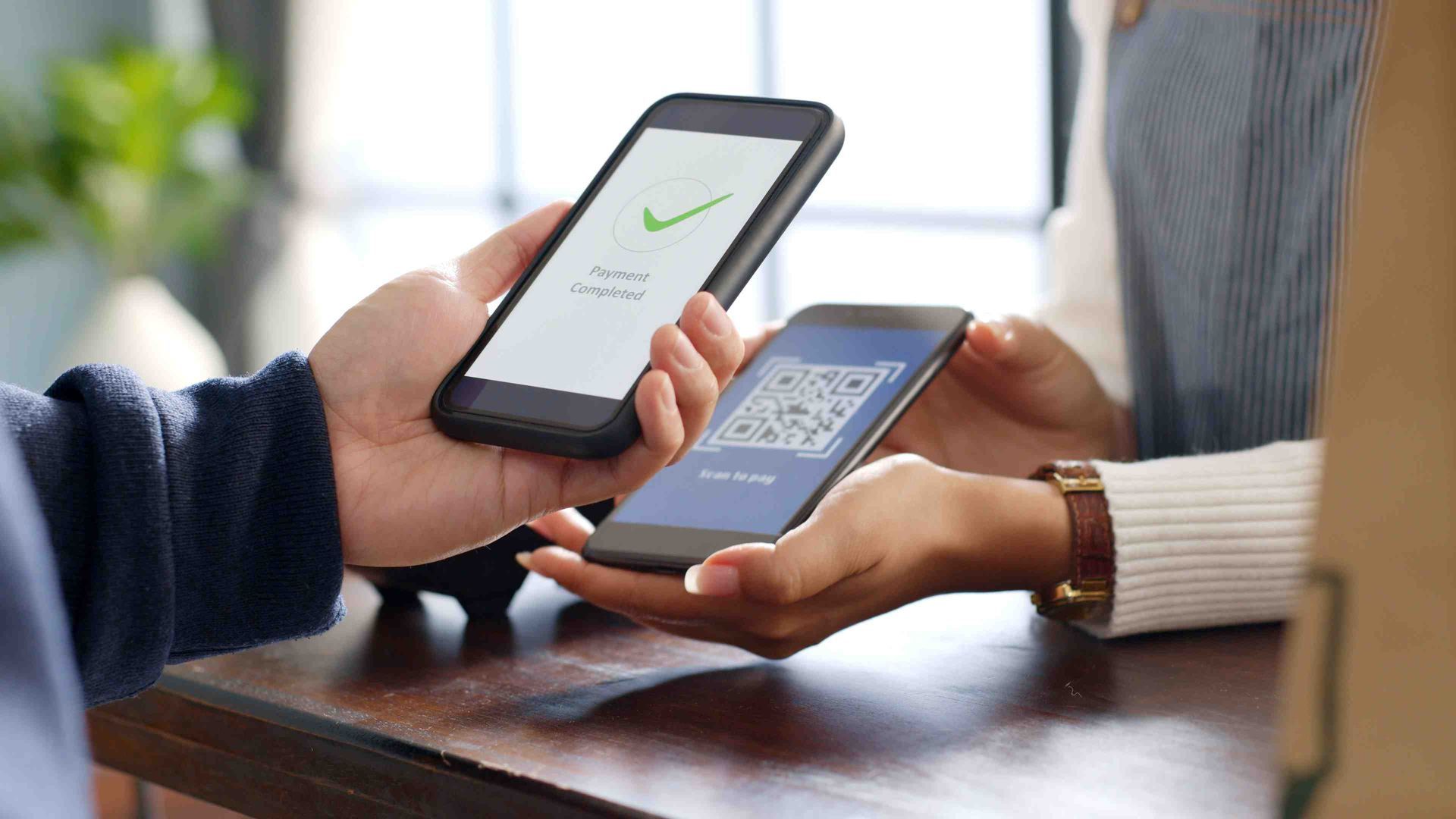Boost Your Online Presence: How to Add Social Media to Business Cards
In an era defined by social media connectivity, businesses need to employ every tool at their disposal to stay competitive. One such tool, often overlooked, is the humble business card.
More than just a method to share contact information, today’s business cards can be instrumental in boosting a business’s online presence. However, a question arises: how to add social media to business cards effectively?
It’s not merely a matter of cramming in icons; it requires creativity, strategy, and good design principles.
Understand the Power of Social Media
Before delving into the
how, it’s crucial to understand
why businesses should incorporate social media into their business cards. With the digital world moving at breakneck speed, social media platforms have become the go-to place for customers to connect with their favorite brands.
More than a trend, this is a reality businesses can’t afford to overlook. Connecting these social platforms with your tangible business cards helps you build a robust online presence and a deeper connection with your potential customers.
This seamless integration of the physical and digital is the perfect precursor to the next segment, where we get into the fine details of adding social media icons to your business cards.
Adding Social Media Icons to Your Business Cards
The first step in showcasing your social media platforms on your business card is by adding icons. Icons are universally recognized symbols that save space and add a visual touch. But it’s not just about plastering these symbols onto the card; it’s about how you do it.
Use branded social icons that align with your business style and identity. For instance, a creative agency might opt for handmade, illustrated icons to showcase their unique style. On the other hand, a minimalist design firm might prefer clean, simple icons.
Personalizing with Usernames and URLs
Once the icons are selected, the next step is adding your specific contact details, either usernames or URLs. Each has its advantages and potential drawbacks. Usernames are shorter and easier to remember but require the viewer to manually search on the platform.
URLs are direct links to your profile but can be lengthy and clutter the card. A balance must be struck based on your business style and target audience.
Innovating with QR Codes
Taking the innovation up a notch, businesses can add social media to their business cards via QR codes. A scannable QR code can directly link to your social media profile, providing a seamless transition for the user from the physical card to your digital platform.
This modern approach brings a touch of interactivity to your business card, making it more than just a static piece of information.
Choosing the Right Social Media Platforms
Adding every social media platform you’re present on to your business card can make it look crowded. It’s important to carefully select the most relevant platforms for your target audience.
If your business thrives on visual content, Instagram might be a key platform to include. If networking is critical, LinkedIn could take center stage.
Embrace the Power of Simplicity
Despite the temptation to pack your business card with all your social media profiles, sometimes less is more. Instead of cluttering your card, pick the social media channels that are most relevant to your business and audience.
For instance, a freelance photographer might choose Instagram and Pinterest, while a consultant may lean more toward LinkedIn and Twitter. A clean, uncluttered design often leaves a stronger impression, and your audience will appreciate not being overwhelmed with information.
The Art of Positioning
Adding social media to your business cards is not just about including the icons and your handles. The positioning of these elements on your card plays a pivotal role in their effectiveness.
You could choose to put your social media details on the front of your card with your basic contact information or on the back for a cleaner, less cluttered look.
Some businesses go for a two-tone approach, with their name, title, and website on one side and their social media details on the other. Experiment with various layouts and decide what works best for your brand.
Creating a Visual Hierarchy
When you add multiple pieces of information to a small space, creating a visual hierarchy is crucial. This involves arranging the elements on your card in a way that guides the viewer’s eye and emphasizes the most important information.
You can use size, color, and placement to distinguish between different elements and guide the viewer’s attention. For example, you could use a larger font size for your main contact information and a smaller size for your social media handles.
Consistency Across All Platforms
Lastly, ensure that your business card aligns with your overall branding strategy, not just visually but in terms of the information provided as well. Consistency builds trust and helps reinforce your brand identity.
If you have different usernames across platforms, consider standardizing them for ease of recognition. Similarly, ensure that your brand messaging and visuals remain consistent across your business card and all your social media platforms.
Thus, adding social media to your business cards can significantly boost your online presence if done correctly. It involves more than just pasting social media icons onto your card; it requires thoughtful strategy, creativity, and a keen eye for design.
With these tips in hand, you’re ready to revamp your business cards and forge a strong bridge between your physical business and digital presence.
Design Consistency Is Key
Finally, consistency is key in design. When adding social media to your business cards, the design should align with your brand image. Use colors that match your logo or overall brand theme. Make sure the icons are recognizable, even when tweaked to fit your brand style.
A well-designed business card reflects your brand’s professionalism and attention to detail, making a positive impression that lasts. A business card can be more than just a card. It can be a bridge between your physical business and your digital presence.
By strategically adding social media to your business cards, you create more touchpoints for potential customers, boosting your brand awareness and overall online presence.
Disclaimer: The information on this website and blog is for general informational purposes only and is not professional advice. We make no guarantees of accuracy or completeness. We disclaim all liability for errors, omissions, or reliance on this content. Always consult a qualified professional for specific guidance.






